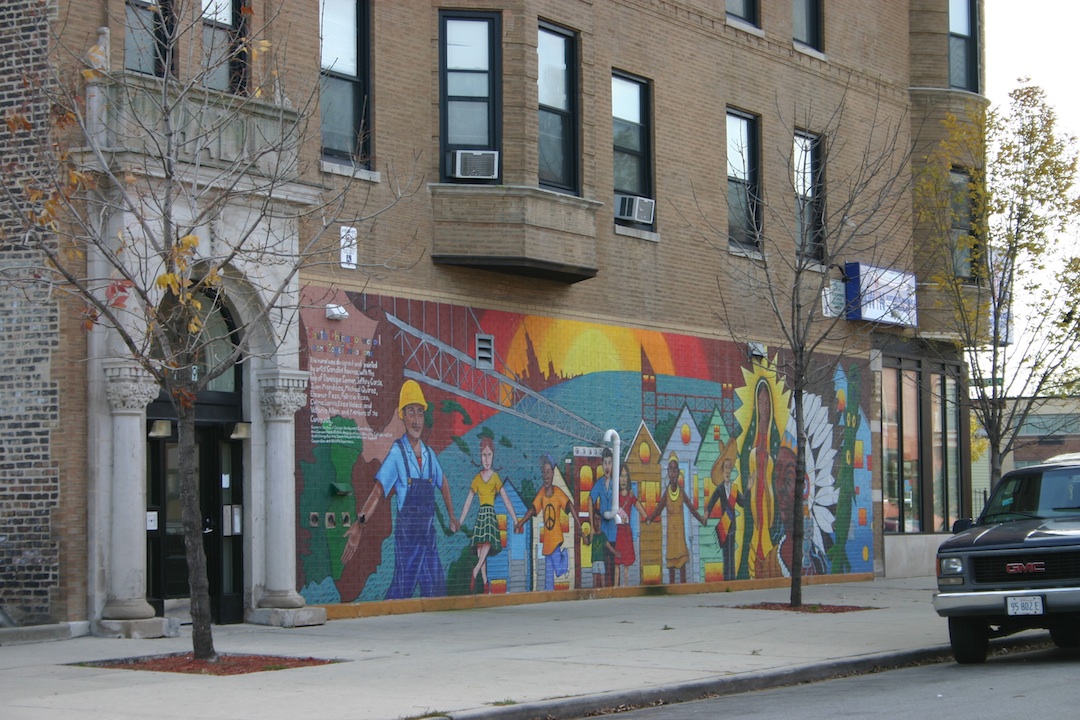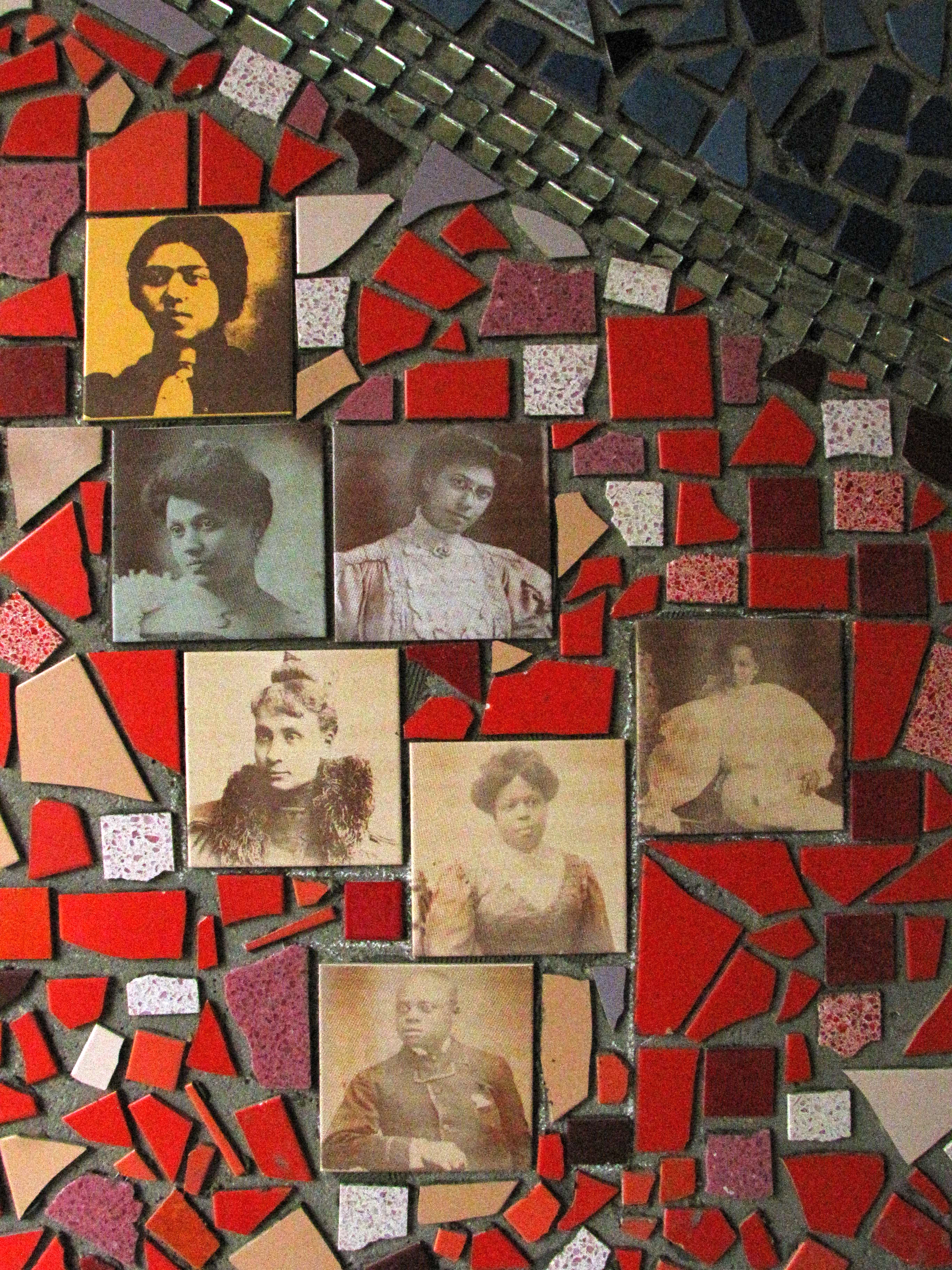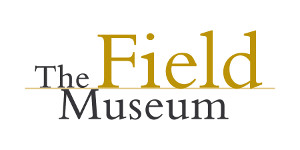Research Stories
You are here
Research StoriesSOUTH CHICAGO:A neighborhood teacher told us about her favorite learning experience growing up in South Chicago: a 2.5 mile Heritage Walk through the neighborhood in which she learned about the history of the area, the groups of people who lived there, and the industry of the mills. She said that she recently had the opportunity to take the same walk with her own students. The changes in the neighborhood especially stood out—but so did the continuity, which she described as a close-knit community in which people take care of each other.Read more stories in the South Chicago research report, available at: fieldmuseum.org/climateaction#south-chicago.
PILSEN:A young staff person at Orozco School said that neighborhood parents have been very supportive of the community garden and that they frequently mention their own close ties to the earth and to gardening. She also said that the community garden has many other benefits including a time for parents to talk to their children about some of the gardening practices that they have in Mexico.Read more stories in the Pilsen research report, available at:
BRONZEVILLE:“Reaching Back, Moving Forward, Lest We Forget the Song of 47th Street” Mosaic at the 47th Street and Illinois Central Underpass, Chicago, IL. Artists: Carolyn Elaine and John Pitman Weber. 2009. This mural recounts the history of the Hyde Park/Bronzeville area, including the personal story of a fifth-generation North Kenwood/Oakland African-American family. Community history and connection to place, expressed through public art and other creative uses of open space, were identified as important assets in NKO.Read more stories in the Bronzevulle research report, available at: fieldmuseum.org/climateaction#bronzeville.
FOREST GLEN:The Forest Glen Garden Club began somewhat informally in 1999 as the result of one woman’s effort to beautify a public space on Catalpa Ave. She used her own money, ideas, and resources and started planting on one corner. Her friends and neighbors started to help, and their group began to grow. They reached out to organizations like Greencorps and the Chicago Botanic Garden for seed grants to plant the garden. They established a formal agreement with Metra to garden the land around the Forest Glen Metra station parking lot. (A hand drawn diagram is pictured here that also explains to gardeners the division of space and labor.) They replanted clippings of plants and flowers from their own gardens, and repurposed discarded materials that community gardeners found in the alleys (even refinishing and sealing a teak bench, for the Metra Garden). In 2010, the Forest Glen–Edens Parkway Garden took second place in the Community Landscapes Region I category of Mayor Daley’s Landscape Awards.Read more stories in the Forest Glen research report, available at: fieldmuseum.org/climateaction#forest-glen.
|
Additional ResourcesResearch reports, summaries, and asset maps are available at: fieldmuseum.org/climateaction. |






